As we are in the middle of employee benefit plan auditing season, this is a reminder that ASU 2015-12 is effective for years beginning after December 15, 2015 with early adoption permitted. The ASU will simplify employee benefit plan reporting disclosures.
The amendments in ASU 2015-12 have 3 different parts.
For part 1, fully benefit-responsive investment contracts are measured, presented, and disclosed only at contract value and will no longer have to be measured at fair value and provide a reconciliation of fair value to contract value. A plan will continue to provide disclosures that help users understand the nature and risks of fully benefit-responsive investment contracts.
For part 2, currently GAAP requires plans to disclose (1) individual investments that represent 5 percent or more of net assets available for benefits and (2) the net appreciation or depreciation for investments by general type.
This ASU eliminates those requirements for both participant-directed investments and nonparticipant-directed investments. The net appreciation or depreciation in investments for the period still will be required to be presented in the aggregate, but will no longer be required to be disaggregated and disclosed by general type.
Also in Part 2 under Topic 820, classes of assets are grouped and disclosed on the basis of nature, characteristics, and risks, and under current guidance, classes of assets are grouped and disclosed on the basis of general type. Examples of classes of assets grouped and disclosed by general type include registered investment companies, government securities, common collective trusts, pooled separate accounts, short-term securities, corporate bonds, common stocks, mortgages, and real estate. Classification by general type might be inconsistent with classification by nature, characteristics, and risks, which often results in plans grouping their investments in two different ways.
Part II of this Update will require that investments (both participant-directed and nonparticipant-directed investments) of employee benefit plans be grouped only by general type, eliminating the need to disaggregate the investments in multiple ways.
The final portion of part 2 relates to an investment that is measured using the net asset value (NAV) per share. If the investment uses NAV as the practical expedient in Topic 820, and that investment is in a fund that files a U.S. Department of Labor Form 5500, Annual Return/Report of Employee Benefit Plan, as a direct filing entity, then disclosure of that investment’s strategy will no longer be required.
For Part 3, the amendments provide a practical expedient to permit plans to measure investments and investment-related accounts (for example, a liability for a pending trade with a broker) as of a month-end date that is closest to the plan’s fiscal year-end, when the fiscal period does not coincide with a month end.
If a plan applies the practical expedient and a contribution, distribution, and/or significant event occurs between the alternative measurement date and the plan’s fiscal year-end, the plan should disclose the amount of the contribution, distribution, and/or significant event. The plan also should disclose the accounting policy election and the date used to measure investments and investment-related accounts. The amendments simplify the measurement of investments and investment related accounts while not significantly reducing the relevance of the information to users. Furthermore, the disclosures increase the transparency of the measurement date used and events that occur between the measurement date and the plan’s fiscal year-end.
If you have any questions about the information above, or have anything other questions related to your employee benefit plan audit, send us an email at info@btandcocpa.com or give Stacey Hammond or Dusty Wagoner a call at (785) 234-3427.
